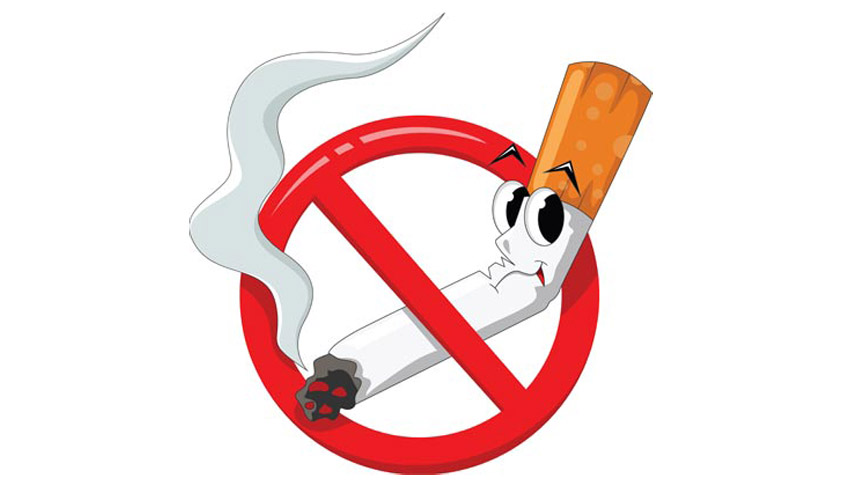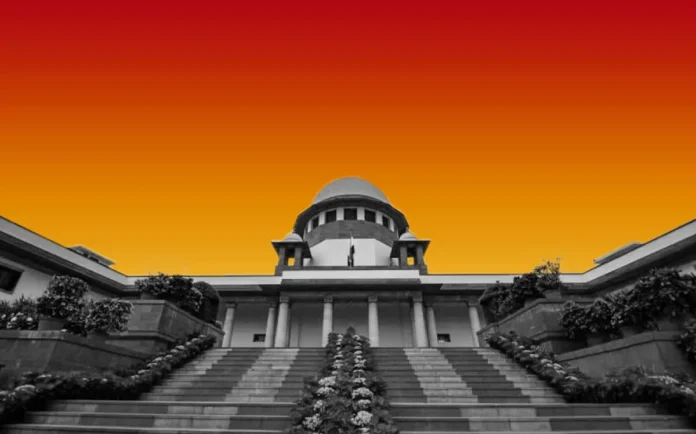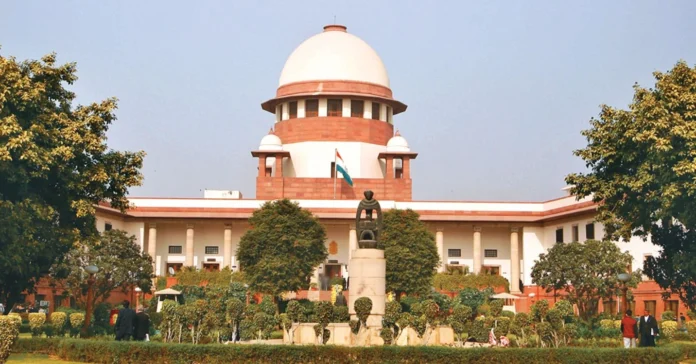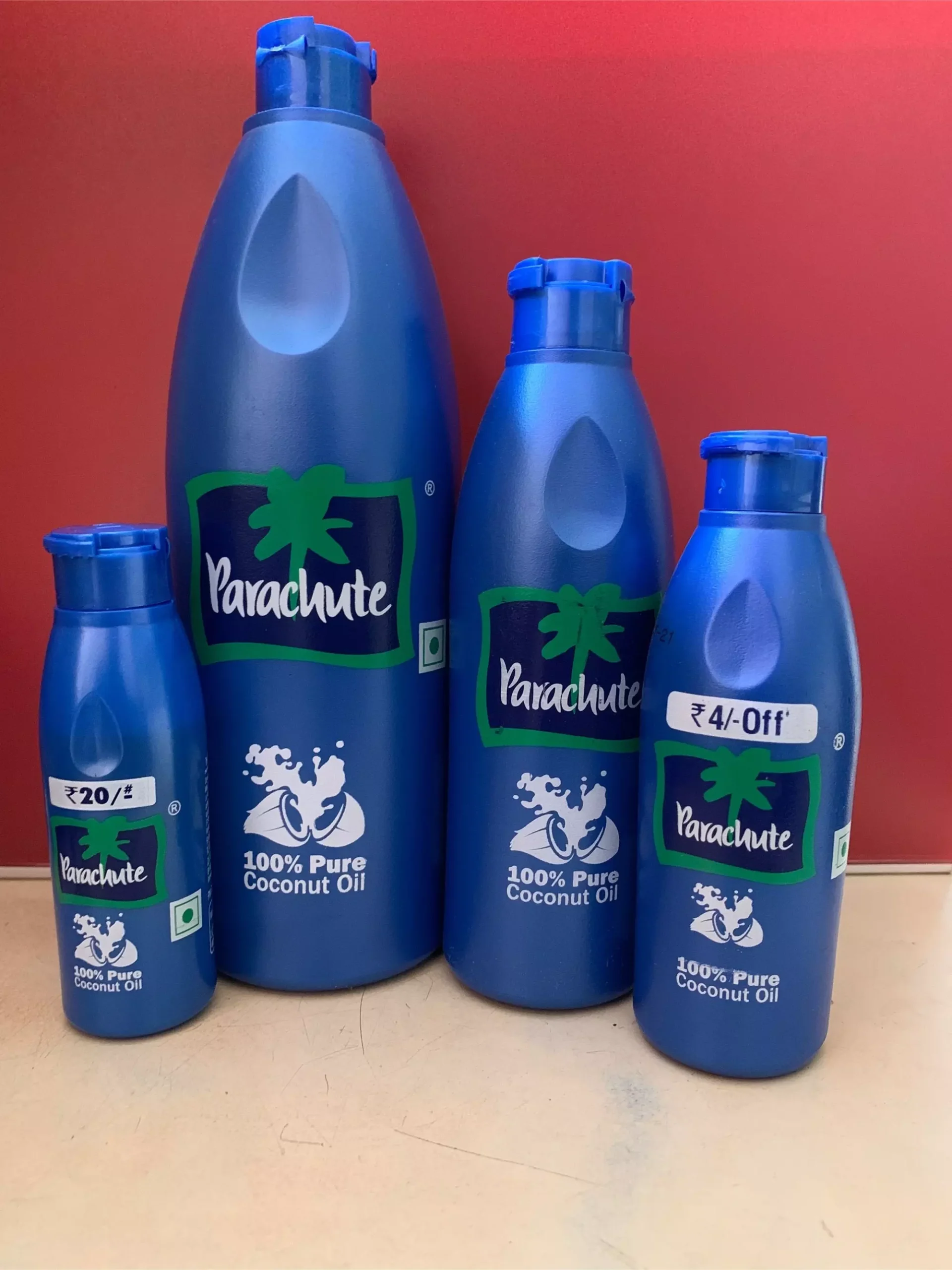Tobacco Laws In India- Need For New Legislation


India shall reap the benefits of demographic dividend, is a prediction made by several organisations. However, extensive consumption of tobacco and allied products casts a doubt. The deleterious consequences on health as a result of consumption of these products makes India lose Rs 1,77,341 crores (1% of the GDP). According to the Global Adult Tobacco Survey (GATS) 2016–2017, approximately 267 million adults aged 15 and above in India were tobacco users, representing 29% of all adults. In 2022, an estimated 253 million individuals aged 15 and above used tobacco products, with 200.2 million males and 53.5 million females. The figure is alarming, and what is even more unnerving is that seeing the current trends of tobacco consumption, this figure will rise steeply.
Today, 28% of India’s population consumes tobacco. Among youngsters, aged between 13-15, this rate is 8.9%. Tobacco use is a leading cause of various chronic diseases, including cancers, lung disorders, cardiovascular diseases, and strokes. Annually, tobacco consumption accounts for approximately 1.35 million deaths in India. The economic cost of tobacco-related diseases and deaths in India was estimated at INR 1773.4 billion (USD 27.5 billion).
In response to such petrifying figures, the most apparent response has to be stringent policy regulations on the part of the government to pull its population out of this vicious cycle. However, the government’s actions are far from enough. WHO proposed a tax of 75% to make these products expensive and thus reducing their demand. However, tax rate in India is 53% on cigarettes and 60% on smokeless tobacco.
The current legal framework in India is primarily: –
1. The Cable Television Networks (Regulation) Act, 1995 & Rules, 1994 was enacted to regulate the content broadcast on cable TV in India. With respect to tobacco laws, the Act strictly prohibits the advertisement of tobacco products on cable television. This includes both direct ads (like showing a cigarette) and indirect/surrogate ads (like advertising a “lifestyle” product under a tobacco brand name).
2. The Cigarettes and Other Tobacco Products (Prohibition of Advertisement and Regulation of Trade and Commerce, Production, Supply and Distribution) Act, 2003 (COTPA) strictly bans all direct and indirect advertising, promotion, and sponsorship of tobacco products across every form of media. It clearly defines indirect advertising to include promoting other goods or services using a tobacco brand name, making it illegal for companies to sneakily advertise tobacco through surrogate products.
3. Central Consumer Protection Authority (CCPA) Guidelines (2022):- Issued under the Consumer Protection Act, 2019, CCPA was introduced to tackle misleading advertisements and protect consumers, especially vulnerable groups like children. With respect to tobacco laws, these guidelines prohibit surrogate advertising of harmful products like tobacco and hold celebrities and influencers accountable if they endorse or promote such products under the guise of something else.
Despite India’s apparent commitment to tobacco control, the existing legal framework has proved to be more symbolic than substantive. At its core, the law prohibits direct advertising of tobacco products. But in reality, tobacco companies have mastered the art of dodging accountability through cleverly crafted tactics like brand extension and surrogate advertising, rendering these legal provisions hollow. For instance, Section 3(b) of COTPA defines cigarettes as ‘any roll of tobacco wrapped in paper or any other substance not containing tobacco. However smokeless tobacco like Mawa, Khaini, Pan Masala and e-cigarettes remain unregulated.
Surrogate advertising, in the context of tobacco products, refers to a marketing strategy where companies promote a product that is either banned from direct advertisement or subject to heavy restrictions such as cigarettes or tobacco instead advertising a related product under the same brand name. These “related” products often include items like packaged water, mouth fresheners, or lifestyle accessories, which are legally permitted to be advertised. While these substitute goods may exist in the market, their real purpose is often to keep the core tobacco brand alive in the public memory, subtly nudging consumers toward the restricted product.
In simple terms, it’s like talking about a forbidden topic in code: everyone knows what’s really being promoted, even if the ad never says it out loud.
As a result, the law becomes more of a checkbox exercise than a barrier, allowing harmful industries to continue profiting at the cost of public health. These regulatory gaps demonstrate that India’s tobacco control laws, while well-intentioned on paper, are perfunctory in practice, enabling corporations to evade moral and legal responsibility with impunity.
This makes a compelling case for a comprehensive new legislation—one that does not just ban direct and indirect advertising but also explicitly prohibits the use of tobacco brand names and identities on non-tobacco products, imposes strict liability for violations, and empowers regulatory bodies with real teeth.
The table below outlines how these brands present their products as something else, while what they are actually selling is tobacco, cigarettes, or alcohol.
|
Company |
Primary Product |
Surrogate Product/Service |
Description |
|
Royal Stag |
Whiskey |
Royal Stag Mega Music, Cricket Gear |
By selling cricket gear and sponsoring CDs under the name “Royal Stag Mega Music,” Royal Stag participates in surrogate advertising, preserving brand awareness in spite of advertising restrictions. |
|
Bacardi |
Rum |
Bacardi Blast Music CDs |
Bacardi has promoted its brand by releasing music CDs titled “Bacardi Blast”, aligning the brand with music and nightlife culture. |
|
Rajnigandha |
Pan Masala |
Rajnigandha Silver Pearls (Cardamom) |
Rajnigandha promotes silver- coated cardamom seeds while circumventing advertising bans on pan masala. |
|
Bagpiper |
Whiskey |
Soda and Music CDs |
Bagpiper has entered into soda and music CDs market to keep the brand alive in the minds of its consumer. |
|
McDowell’s No.1 |
Whiskey |
Soda and Music CDs |
McDowell’s No. 1 has strategically forayed into the marketing of soda and music CDs as a form of surrogate advertising, enabling the brand to maintain consumer recall and market presence despite statutory prohibitions on liquor advertisements. |
|
Royal Challenge |
Whiskey |
Sports drink, Mineral water and Cricket team sponsorship |
Royal Challenge, originally established as a liquor brand, has strategically diversified into sports and entertainment leveraging these surrogate platforms to sustain brand visibility and consumer engagement while adhering to legal restrictions on alcohol advertising. |
|
Imperial Blue |
Spirits and Malts |
Music CDs, Men’s Accessories |
Imperial Blue has strategically utilized surrogate advertising by aligning with music and lifestyle content, embedding its tagline “Men Will Be Men” within culturally relatable narratives. This approach has generated a lasting ripple effect, reinforcing brand recall while remaining within the confines of advertising regulations. |
|
Kingfisher |
Beer |
Mineral Water, Soda, Calendar, Airlines |
Kingfisher leverages surrogate avenues like packaged water, fashion weeks, and aviation to sustain its brand presence, seamlessly embedding itself in aspirational lifestyles. |
|
Vimal |
Pan Masala |
Elaichi |
Vimal, originally a pan masala brand, expanded into the elaichi market with Vimal Elaichi, ensuring continued brand presence and consumer engagement. |
|
Pan Parag |
Pan Masala |
Elaichi |
Pan Parag, traditionally known for its pan masala products, cleverly markets its offering as elaichi, thereby circumventing the law. |
Section 5 of COTPA prohibits advertisement of cigarettes and tobacco products by its producers, sellers etc. However, the word ‘promoting’ has been largely undefined. Thus, producers take aid of surrogate advertisements, where a brand purportedly advertises a regulated product under the garb of advertising an unregulated product to market their products to different socio-economic groups. Most brands which manufacture tobacco products advertise implicitly through Corporate Social Responsibility. However, they often mask their role in increasing consumption by promoting environmental protection, health rights and education. For instance, Vimal Pan Masala has been endorsed as Vimal Iliachi. This is an outright violation of Article 13(4)(a) of the WHO’s Framework on Tobacco Control which prohibits deceptive advertising that creates a fallacious impression about the health hazards In addition, the maker of Marlboro Cigarettes, Philip Morris International (PMI), sponsored different competitions for students. The lack of regulation on such surrogate advertisements is a significant loophole in the Act.
The Supreme Court, in Tata Press Ltd. v. Mahanagar Telephone Nigam Ltd., not only recognized that commercial speech, including advertisements, is protected under free speech rights but also took a firm stance against surrogate advertising. The Court came down heavily on deceptive and misleading advertisements, emphasizing that while advertisements providing useful information to the public are safeguarded under Article 19(1)(a) of the Constitution, any attempt to circumvent restrictions through surrogate means would invite strict regulatory scrutiny. This judgment laid the foundation for curbing indirect promotion of restricted products, reinforcing the government’s authority to regulate advertising that seeks to bypass legal prohibitions under the guise of free speech.
Further in the case of Bacardi Martini India Ltd. v. Cut Tobacco India Ltd., the court examined the intent behind Bacardi’s advertisement and concluded that the primary purpose was to promote the Bacardi alcohol brand rather than the music CDs. It set a precedent by reinforcing the prohibition on surrogate advertising, ruling that any such indirect promotion of restricted products would be considered a violation of advertising laws.
Section 4 of COTPA prohibits smoking in public places. However, because of government’s lackadaisical approach, people who do not consume tobacco also fall prey to its ill effects because of people smoking in public places. According to WHO‘s estimates, India had to bear an economic cost of whopping 1,04,500 crores because of tobacco consumption while the psychological and social costs are beyond calculation.
According to Article 13(4)(e) of WHO’s Framework Convention on Tobacco Control, signatories should restrict tobacco advertising, promotion and sponsorship on radio, television, print media. However, Kamla Pasand was one of the major advertising brands in IPL-2023 and is thus an outright violation of FCTC. Besides, it also violates COTPA Act which completely prohibits tobacco advertisement, promotion and sponsorship. Needless to say, that such advertising has an abominable effect on the youth who view cricketers as their role models and try to emulate them. A recent study by the Indian Council of Medical Research (ICMR) revealed that smokeless surrogate tobacco products accounted for 41.3% of all advertisements during the 2023 ICC Men’s Cricket World Cup. This highlights the significant presence of indirect tobacco advertising in major sports events.
Another compelling reason for the lack of decisive action against tobacco companies lies in the corrupt alliance between politicians and these brands. Politicians, irrespective of party affiliation, obstruct the implementation of stringent measures primarily because these companies funnel substantial sums of money into their campaigns and other political endeavors. Moreover, advocating for robust tobacco regulations could jeopardize their vote bank, a risk they are unwilling to take. It is deeply disheartening that while these brands and politicians continue to amass wealth, the common populace continues to suffer the dire consequences.
Further in India planned to increase pictorial warnings on tobacco packs to cover 85% of the surface. The move faced strong opposition from pro-tobacco MPs, particularly from Karnataka and Andhra Pradesh, where the bidi and cigarette industries have a significant presence
However, the common man is not remediless. The Right to Information (RTI) Act, enacted in 2005, empowers Indian citizens to request information from public authorities, promoting transparency and accountability. In the context of tobacco control, RTI applications have been instrumental in uncovering information related to the enforcement of tobacco laws, government expenditures, and the tobacco industry’s activities.
RTI applications have been employed to investigate the tobacco industry’s influence on policy-making and its compliance with advertising restrictions. By accessing government records, activists have identified instances where tobacco companies attempted to circumvent regulations, leading to stricter enforcement and policy revisions.
RTI-obtained data has been utilized to inform tobacco control research and public discussions. For example, RTI has made data on government spending on tobacco-related diseases accessible, underscoring the financial cost of tobacco use and supporting the need for effective tobacco control measures.
The RTI Act has been essential to the advancement of tobacco control in India because it gives citizens access to vital information, which promotes accountability and well-informed decision-making.
After persistent criticism from Human Rights activists and a surge in tobacco-related deaths, government recently proposed an amendment– the Cigarettes and Other Tobacco Products Act (COTPA) Amendment Bill 2020.
However the bill is not a great beacon of hope since it puts the livelihood of millions of small vendors in jeopardy because insertion of Section 10A(3) makes it mandatory for persons to obtain licences, permissions and registrations for manufacturing, selling and distributing any tobacco. However major chunk of small-scale vendors are not recognised by municipalities as they don’t have the means and resources to do so. If the bill is to be implemented the government must first upskill and provide alternative employment opportunities to these vendors.
If implemented, the bill could make selling loose cigarettes a cognisable offence with up to seven years of imprisonment besides increasing the age of tobacco consumption from 18 years to 21 years. However, such measures in isolation will lead to increase in illegal ways of procuring tobacco and will not meet its intended objective of reducing tobacco consumption.
Recent Developments
In recent years, the Indian government has begun to take note of the growing misuse of surrogate advertising, particularly by tobacco and liquor companies. Recognising how these ads slip through regulatory gaps, authorities have increased vigilance—especially during high-visibility events like the IPL and international cricket tournaments. Agencies such as the Central Consumer Protection Authority (CCPA) and the Ministry of Health and Family Welfare have actively intervened, issuing notices to companies suspected of pushing surrogate promotions. Sporting bodies like the BCCI and Sports Authority of India (SAI) have also been urged to prevent such advertisements and endorsements, particularly those involving celebrities and athletes, who have considerable influence over public perception.
Building on this momentum, the government appears poised to introduce stricter regulatory measures. As of late 2024 and early 2025, reports indicate that new draft rules under the Consumer Protection Act are in the final stages of consideration. These proposed rules aim to close the very loopholes that companies have long exploited. For instance, the new guidelines may explicitly prohibit the use of similar logos, designs, and packaging between tobacco or liquor products and their so-called brand extensions, addressing the visual mimicry that fuels brand recall.
One of the most notable expected provisions would require companies to submit verifiable proof—such as publicly available market reports or digital sales certificates—demonstrating that the advertised surrogate product is a legitimate, widely available commodity. This would make it harder for companies to justify running large-scale ad campaigns for products that are barely sold or even accessible.
Additionally, the draft rules reportedly propose hefty penalties for violations. Manufacturers found guilty of misleading ads could face fines of up to ₹50 lakh. Celebrities endorsing such ads may also be held accountable, with possible bans lasting up to three years in cases of repeat offences. These measures reflect a clear shift towards corporate accountability and consumer protection, and if implemented properly, could mark a turning point in India’s tobacco and surrogate advertising regulation.
Ban on sale of loose cigarettes is a step in the right direction but the government should also aid cost-free programmes to help citizens overcome tobacco addiction. Such initiatives can include counselling and neuro-linguistic and cognitive behaviour therapy inter alia.
Looking at the loopholes in the current legislation, it is pivotal to draft a new legislation that entails a holistic and broad understanding of the issue that understands the nexus and interplay of big brands and their indirect promotions that target adolescents and other consumers. So that consumers are aware of their marketing gimmicks. Ultimately, what we need is reduction in the consumption of tobacco rather than increase in the illicit ways of procuring it.
Views are personal.





